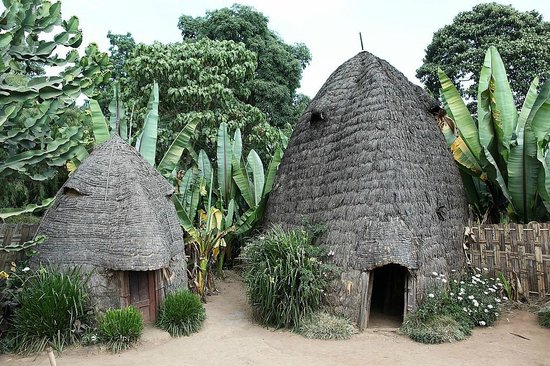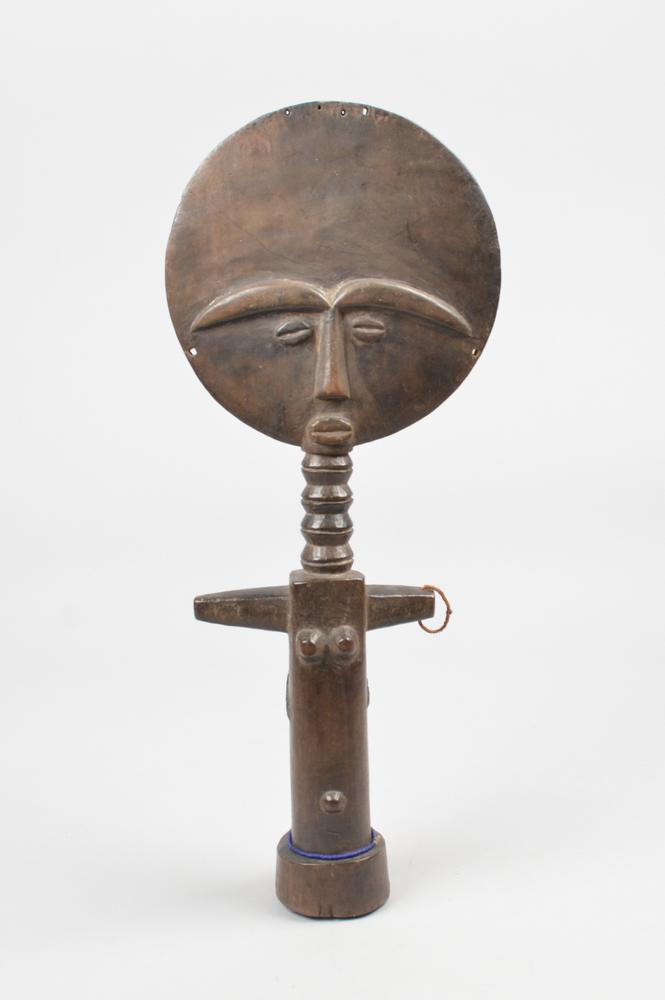Nestled amidst the breathtaking landscapes of the Rift Valley Mountains in Southern Ethiopia lies a testament to human ingenuity and cultural heritage – the Dorze Huts. These towering structures, reaching heights of over 12 meters, stand as architectural marvels crafted by the Dorze people, reflecting centuries of tradition, resilience, and harmonious coexistence with nature.

Craftsmanship and Construction:
Building a Dorze hut is no small feat. It begins with the careful selection of materials – split bamboo and enset leaves. The bamboo, transformed into flexible panels through meticulous weaving, forms the backbone of the structure. Gradually, these panels are interwoven between sturdy uprights, creating a framework that ascends skyward with each meticulous addition. The result? A spacious interior, reminiscent of an overturned vase, offering separate chambers for living, cooking, and even housing livestock.

Symbolism and Cultural Significance:
But there’s more to these huts than meets the eye. Resembling the face of an elephant, each hut carries symbolic significance deeply rooted in Dorze culture. The two ventilation holes atop mimic the elephant’s eyes, while the protruding entrance mirrors its noble trunk. These architectural wonders serve not only as dwellings but as repositories of cultural identity, connecting the Dorze people to their rich heritage and the natural world around them.
Challenges and Adaptations:
Yet, these huts aren’t without their challenges. Termites and ants pose a constant threat, slowly nibbling away at the base of the structure. Ingeniously, the Dorze have devised solutions to combat these adversities. From gradually lowering the entrance to relocating entire huts when necessary, their resourcefulness ensures the endurance of these dwellings for generations to come. Remarkably, despite these challenges, Dorze huts can stand tall for over half a century, a testament to the resilience of both the structures and the people who inhabit them.
Life Surrounding the Huts:
Surrounding each hut lies a lush garden, teeming with life. Here, the Dorze cultivate crops like coffee, cotton, and the versatile enset plant, known as the ‘false banana.’ Not just a source of sustenance, enset leaves also serve as roofing material and food wrappers, showcasing the resourcefulness of the Dorze way of life. Amidst the verdant foliage, amidst the towering huts, the Dorze people thrive, embodying a deep connection to their land and traditions.
Conclusion:
As we delve into the world of Dorze Huts, we uncover not just architectural wonders but a way of life deeply intertwined with nature and culture. From the meticulous craftsmanship to the symbolic significance, these huts stand as testaments to human resilience and ingenuity. In preserving their heritage, the Dorze people remind us of the importance of honoring our roots and living in harmony with the world around us.


